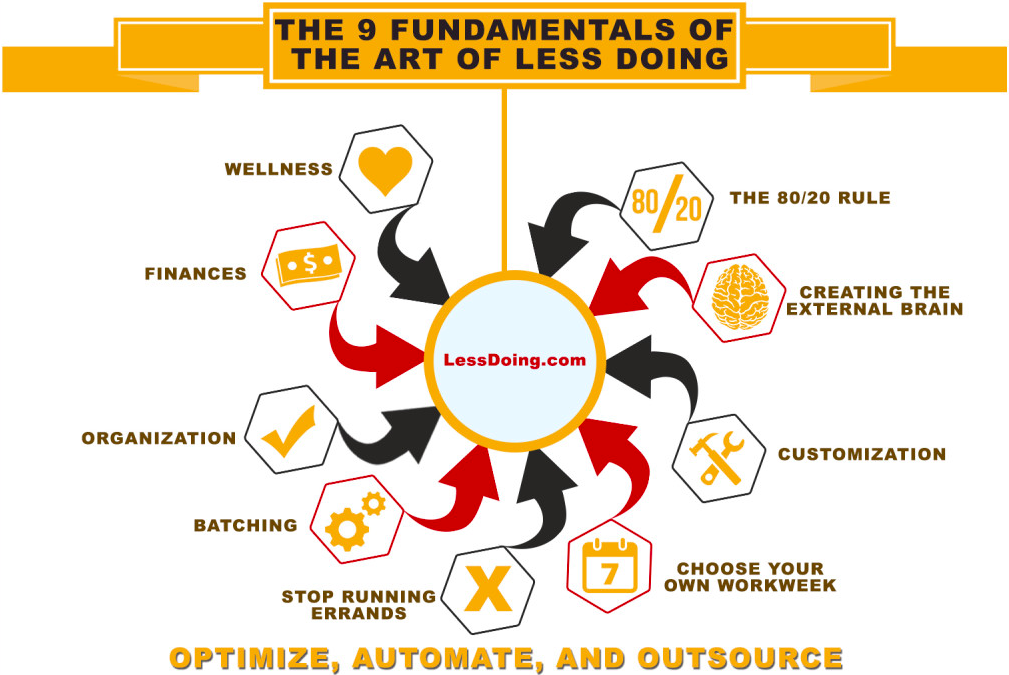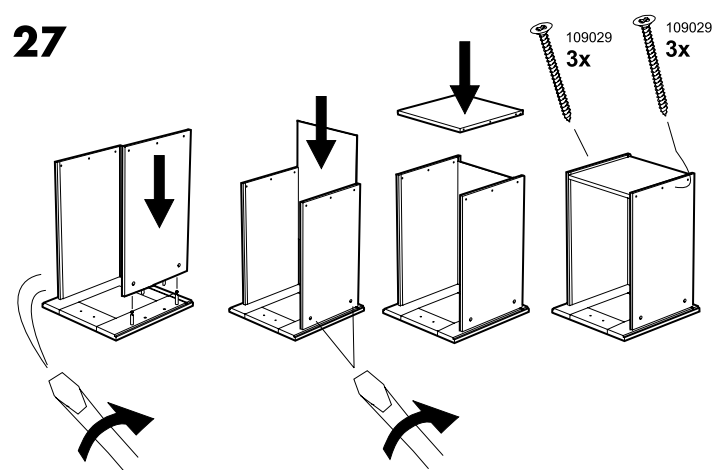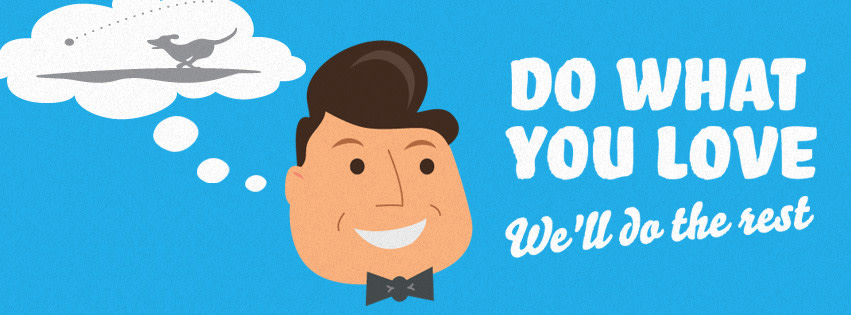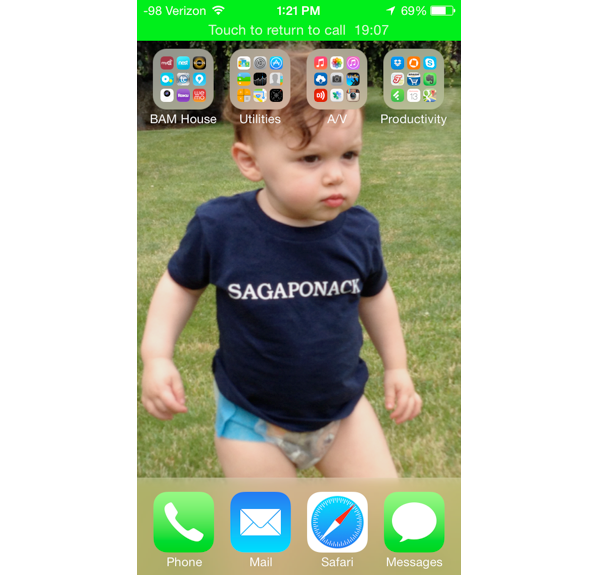Having to frequently go to the bathroom isn’t a personal health problem most people would be comfortable sharing in conversation. For Ari Meisel, however, it’s one of dozens of admissions he makes on stage in front of hundreds of people.
"Nobody wants to talk about having to go to the bathroom every 10 minutes or the pain that they're feeling," Meisel, who had been diagnosed with Crohn’s disease five years earlier, tells the crowd at a TEDx event in 2011. Crohn's disease, he explains, is an extremely painful chronic inflammation of the digestive tract. Abdominal pain, diarrhea, vomiting and weight loss are some of the results of the sickness.
"Unfortunately, (Crohn’s and diseases like it) go undiagnosed for years and by the time people figure out what's going on they'll turn to the most conventional treatments, which may work but usually have some horrible side effect," he says.
That’s not the route he took. Instead, with credit given to a what he calls a "terrifying visit to the hospital" in which he thought he was going to die, he had an epiphany.
"My body was broken, clearly, and needed some serious tinkering," he tells the TEDx audience.
He did just that, adding supplements, fitness and nutrition to his life. But even though these new practices brought significant improvement, he knew a better state of health existed. Searching for it, he discovered the aspect he had overlooked: stress management.
The Art of Less Doing
Stress, Meisel learned, can amplify a Crohn’s flare-up. Controlling it, therefore, is critical. He set out to come up with a systematic way of mitigating stress. His solution: Less Doing, a productivity system he invented that aims to help people free up as much time as possible, so they can reclaim their minds and do the things that they want to do.
Less Doing boasts three tenets: optimize, automate and outsource. And around these practices, Meisel has manages an online community of Less Doing practitioners, runs a productivity and health consulting business and is preparing for the release of his first book, appropriately titled "Less Doing."
In anticipation of his upcoming book, Meisel, a Zapier user, recently took time to share a slice of his productivity advice with us. The 25-minute phone conversation we conducted cost us nothing, but had we been clients of his, we would’ve needed to pony up $200—he charges a minimum $125 for a 15-minute consultation by phone.

Here are six productivity tips shared by Meisel:
1. Stop and Assess Your Processes
You want to increase your productivity, but where do you start? For Meisel, he didn’t have an option—he first had to address his health and fitness habits. For others, he said, you must put your activities on pause for a moment to assess them.
"Part of it is just getting people to stop and have some self-awareness because there’s too much stuff going on in everyone’s lives, no matter what you do," Meisel said.
With his clients, he uses an approach he refers to as creating "The Manual of You," an exercise in which one examines the frequent processes in their life.
"There’s all sorts of processes that everyone goes through on a regular basis, even if it’s making lunch or paying a bill or whatever it is," he said.
"The problem is that people tend to do these (regular processes), they become automatic," he said. On one hand, that’s OK, but on the other, it’s detrimental to your overall productivity.
"You lose sight of the fact that 95 percent of the things we do on a daily basis can be done by other things or other people," Meisel said. "It’s being able to focus on that 5 percent that only you can do really well and making that 100 percent of your effort.
2. Write Down Every Step—Even the Small Ones—of Your Process
When assessing a process, you can’t skip over the small steps. Instead, Meisel said, you need to get very granular.
"If I’m going to pay a bill, it’s not simply, ‘Go to the Bank of America website and do bill pay,’ " he said. "It’s, ‘Go to bankofamerica.com, log in with this username and password, go to the Bill Pay tab and then there’s an if-this-then-that kind of thing—if the pay is in the list, if it doesn’t exist in the list, then do this."

The first time he followed this advice, he found one bill pay process to be 27 steps.
"So I looked at that and immediately I was able to be like, ‘OK, well 13 and 14 doesn’t make sense, there’s something missing there. And 18 and 19 are pretty redundant," he said. After a first take, he had it broken down to 22 steps.
"Right away, I was pretty thrilled because I had made the process 25 percent more efficient. But then I realized that step 14 can be automatically done, because this can convert to a PDF and upload it to Dropbox and share it with this person and eventually I got it down to 18 steps," he said. Finally, after a virtual assistant came into the picture, it turned into a 9-step process. Over the past year, that process has been run over 300 times by 300 different virtual assistants with no errors, Meisel said.
"It’s basically something I don’t have to do anything about now, and people can do it without any training whatsoever," he said.
3. Understand that Changing a Progress Takes Time
Meisel took three weeks to perfect his new bill pay process. There are other processes though, he said, that can be changed in as little as a day or a few minutes. So don’t let the fact that it took him three weeks overwhelm you.
"During that three weeks, it’s getting better and better and better," Meisel said. ‘It’s like with almost anything, like losing weight or reading a book, you do the most progress at the beginning and then it sort of slows down. That’s the nice thing about this, you get the big bang for your buck right away—I had that 25 percent fix immediately."
Following the quick adjustment, Meisel refined his process over and over with what he called an "obsessive philosophy" that you can always do less. "Every step along the way it’s getting more and more efficient, so it’s not like you have to wait three weeks before it’s usable," he said.
4. Try a Virtual Assistant
If you're a client, Meisel can quickly spot a task of yours to outsource to a virtual assistant, but that’s not why he wants you to try one. Instead, he wants to put it on your shoulders to assign that task.
"I do recommend that everybody, at some point in their life, work with a virtual assistant because it is an educational process for them in terms of how to effectively delegate. If you have to give a task to somebody who you don’t know and have never met and probably will never meet, it’s a very interesting parameter to put on your work," he said.

So you want to take the challenge? When you go looking for a virtual assistant be aware that there are two kinds: dedicated and on-demand. Dedicated is just that, you’ll have the same virtual assitant at all times. On-demand though is much different, instead of just one person receiving your tasks, a new task of yours goes to a pool of many virtual assistants and one of them will take it.
"For on-demand assistants my favorite is Fancy Hands (above) and for dedicated it’s Zirtual, both of those are US-based, both of them are very affordable and have really, really great track records," Meisel said, who noted he’s now tested over 23 virtual assistant companies.
"Fortunately, virtual assistants can be had for as little as $25 a month now, so there’s really no excuse not to try it."
5. Get Out of Your Own Way
"A lot of time when I’ll recommend a virtual assistant, somebody will be like, ‘Oh, I don’t even know what I’ll have them do.’ It’s like really? Let me watch you work for about 7 minutes and I’ll tell you four things you can have them do," Meisel said.
He encourages clients to get the idea that they’re the only one that can do something out of their head. Often, he said, people assume that another person doesn’t have the skill set or that the person who does possess the ability wouldn’t be available for hire.
"I recently introduced a client to TaskRabbit, and it’s like, ‘You can have somebody come to your office for just a couple hours to organize documents?’ ‘Yes, you can. That’s the world we live in now,’ " Meisel said.
"Because of a lack of knowledge and a lack of trust in some cases because of that lack of knowledge, people just don’t sort of get out of their own way to realize these things can be done."
6. Run a Test
When hiring a virtual assistant or starting down the path of a new project, Meisel finds a way to run a test before sinking a large time investment into the endeavor.
For dedicated virtual assistants, he has several test tasks that are either purposely obfuscated, present incorrect information or are just seemingly very difficult. Though it "sounds a little sadistic," Meisel admitted, based on one of those tests he can tell if the individual will be a virtual assistant he can depend on in the future.
"For other things, truthfully Zapier has proved to be a really, really great test bed for me because I believe that with something like Zapier you can actually create an effective minimum viable product."
Using Zapier, he recently set up a process to unsubscribe from unwanted newsletters. Apps exists for this repetitive action, but Meisel said he didn’t care for any of them.
"I wanted to try a different method and it was going to be simply that all I had to do was move one or many items in Gmail to a folder labeled ‘Unsubscribe.’ Then using Zapier, when it saw a new email in the Unsubscribe folder, it would send that email to a Fancy Hands assistant and ask them to unsubscribe," he said.
Meisel knew that’s not how the product might end up working, but the idea of being able to move an email to a folder in order to "unsubscribe" could be tested at its basic level with Zapier.
After the tests, he discovered the process didn’t work. Not only did he find it annoying, half the emails resulted in questions from virtual assistants. "They need this information from you to unsubscribe,’ or ‘you have to provide your original account number,’ he said.
"If it had worked, then I could’ve gone to something like Elance and hired a programmer and said, ‘Look, this is the flow of the process that I’ve created, now program it and make it happen.’
7. Keep Your Home Screen Clean

On his computer, Meisel has just two pieces of software: Chome and Dropbox. He insists that every app he uses to be web-based. But his phone is a different story. On it, he limits his app count with a simple process: keep it to four folders on the home screen.
"That is my limit, I will never have more than those four folders," he said. "In each of the folders, I probably have 12 apps, so I guess 48 apps (total). And unfortunately, some of those are the default Apple apps that you can’t get rid of."
For more on Meisel and the productivity practices that inspire him, visit his site Less Doing.
Credits: Ari Meisel photo and phone screenshot courtesy Meisel.





